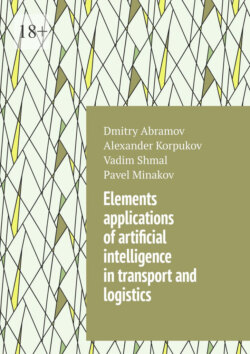Читать книгу Elements applications of artificial intelligence in transport and logistics - Vadim Shmal - Страница 4
Genetic programming
ОглавлениеIn artificial intelligence, genetic programming (GP) is a method of developing programs by modifying them with DNA and modifying them with various proteins and molecules. GP was developed by John L. Hennessy at Carnegie Mellon University in 1989 and released as open-source software in 1995. The most popular implementation is CUDA, created by Andrew Karp and Ben Shaw from the Massachusetts Institute of Technology.
According to Hennessy, genetic programming is an evolving programming language with a strong focus on optimization, which is the core essence of evolutionary algorithms. It is a program like all programming languages, except that it only includes basic lexical and syntactic predicates. Moreover, it is a programming language that the human brain uses to develop programs.
While genetic programming can be thought of as a pattern matching technique in which a system performs exactly the same task using only the mechanisms it has developed, it is much more general in nature. In evolutionary programming, the exact shape of an adaptive program is not important. You can only target the behavior of the system.
Genetic programming adds limitations that guide evolution in the form of gene sequences (alphabetical or hierarchical). During evolution, the goal is to replicate DNA at a high rate (or as fast as possible) in order to produce the desired proteins or nucleotides and to adapt the DNA to the current needs of the body.
